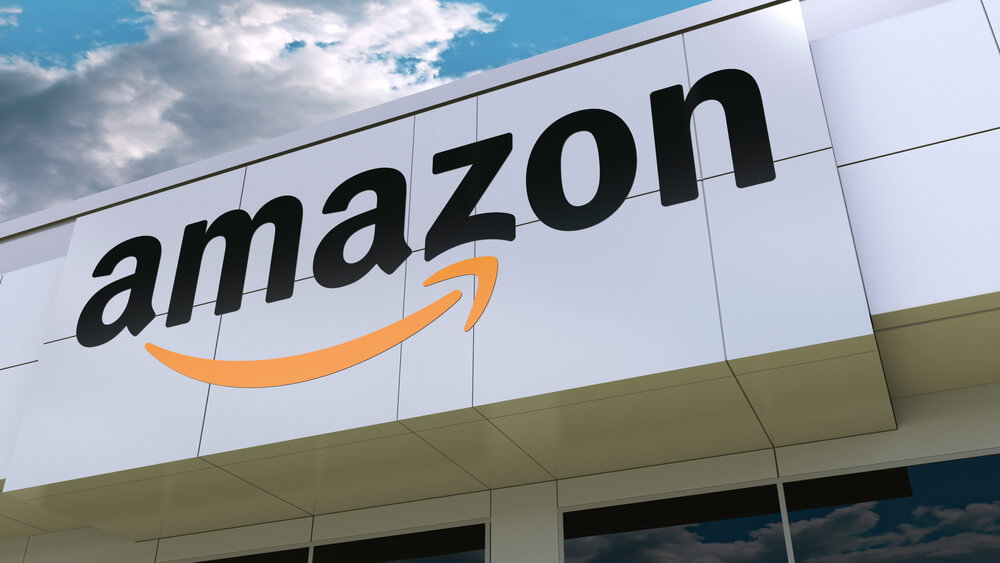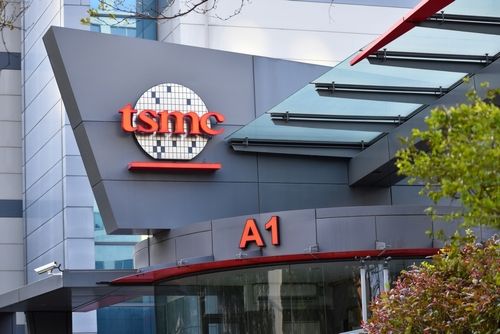Amazon's Q2 2025 revenue rose 13% to $167.7 billion

Amazon reported a stronger-than-expected second quarter on Thursday, saying artificial intelligence played a major role in driving revenue higher. Its stock has already surged by 6% after hours to hit $240.
The company said net sales reached $167.7 billion for Q2 2025, up 13% from $148 billion in the same quarter last year. Without the $1.5 billion lift from foreign exchange, the number still came in 12% higher year-over-year.
Operating income jumped to $19.2 billion, compared to $14.7 billion a year earlier. Net income rose to $18.2 billion, or $1.68 per diluted share, up from $13.5 billion, or $1.26 per share, in Q2 2024.
The update was announced in Seattle through a Business Wire release, and came with a clear emphasis on AI technology driving growth across nearly every part of the company. Amazon’s North America unit brought in $100.1 billion, an 11% increase.
The International segment reached $36.8 billion, a 16% rise year-over-year, and 11% after adjusting for FX. Meanwhile, AWS (Amazon Web Services) revenue totaled $30.9 billion, up 17.5% from the previous year.
Jassy says AI is showing results across the business
Chief Executive Officer Andy Jassy said Amazon’s internal use of AI is already having a noticeable impact on operations and customer tools. “Our conviction that AI will change every customer experience is starting to play out,” Andy said. He pointed to the rollout of Alexa to millions, high usage of the shopping agent, and the launch of new tools, including DeepFleet, Kiro, Strands, and Bedrock AgentCore.
Andy explained that DeepFleet is helping over a million warehouse robots find faster paths and avoid delays. He also said Kiro, Amazon’s new AI-integrated developer platform, is making it easier for engineers to code with intelligent support. He highlighted Strands, designed to help build AI agents, and AgentCore, a system for managing them at scale.
Operating income for AWS came in at $10.2 billion, up from $9.3 billion a year earlier. North America’s operating profit was $7.5 billion, compared to $5.1 billion, and International operations posted $1.5 billion, a huge jump from $300 million last year.
The company also reported operating cash flow of $121.1 billion, a 12% increase over the previous trailing twelve months. However, free cash flow dropped to $18.2 billion, down from $53 billion the prior year.
Prime Day breaks records, new deals announced
Amazon called its latest Prime Day the biggest ever, saying customers saved billions and small businesses hit record sales. The company said it would expand Same-Day and Next-Day delivery to over 4,000 smaller towns and rural areas in the U.S. by the end of 2025.
New product partnerships were announced with Nike, which now has a storefront on Amazon, and other consumer brands like Aveda, Away, Marc Jacobs Fragrances, Milk Makeup, and Origins.
The company also introduced new AI-powered shopping features, including a tool that reads out product highlights and reviews, and another that helps sellers keep listings fresh and detailed. Alexa Early Access expanded to millions more users.
Two satellites were launched under the Project Kuiper initiative to build out satellite-based internet infrastructure. Amazon also named its NBA broadcast team for Prime Video, including Stan Van Gundy, Kevin Harlan, Dwyane Wade, Taylor Rooks, Blake Griffin, Dirk Nowitzki, Steve Nash, and Candace Parker. For NASCAR coverage, the company reported 2 million viewers per race, with the youngest demo among NASCAR TV partners in over 10 years.
Amazon reported it has signed new AWS partnerships with companies like PepsiCo, Airbnb, Peloton, London Stock Exchange, Nissan, GitLab, SAP, Warner Bros. Discovery Sports, TwelveLabs, FICO, Iberia Airlines, SK Telecom, and NatWest Group. It also said “AI Zones” are being launched in Saudi Arabia and South Korea with local partners.
AI agent listings were added to AWS Marketplace, including offerings from Anthropic, PwC, IBM, Salesforce, and Accenture. Amazon said new foundation models like Claude 4, Marengo, and Pegasus are now available on Bedrock. The company also launched Amazon EC2 machines with NVIDIA Grace Blackwell Superchips and Oracle Database@AWS, which helps migrate Oracle workloads to Amazon’s cloud.
Amazon S3 Vectors, its vector storage tool, went live, claiming up to 90% reduction in vector handling costs. On the robotics side, the Vulcan robot was introduced, combining sight and touch to navigate spaces like a human would.
The company also said its AI-powered forecasting system improved regional accuracy by 20%, allowing better delivery speeds and smarter inventory placement.
KEY Difference Wire helps crypto brands break through and dominate headlines fast





